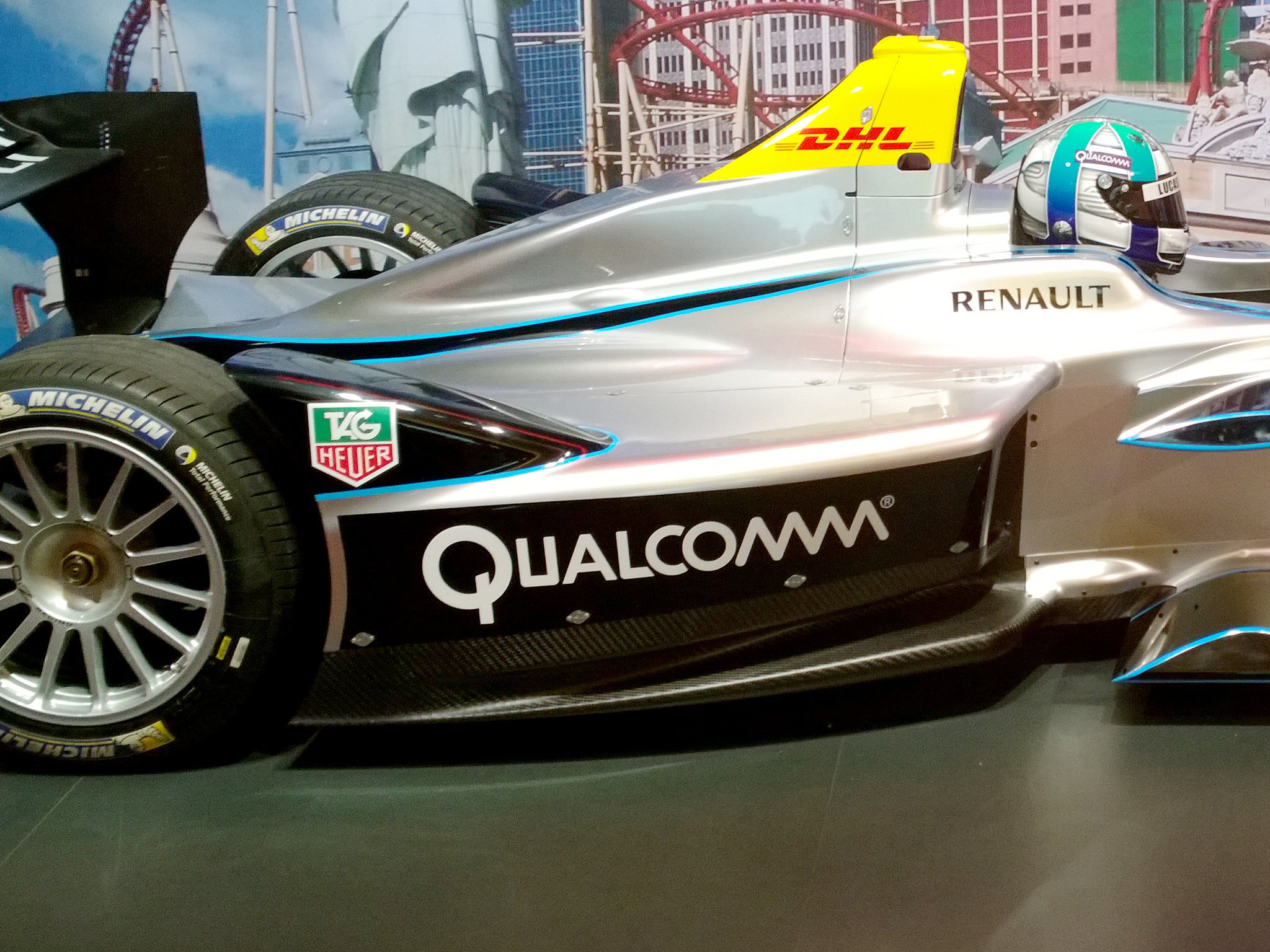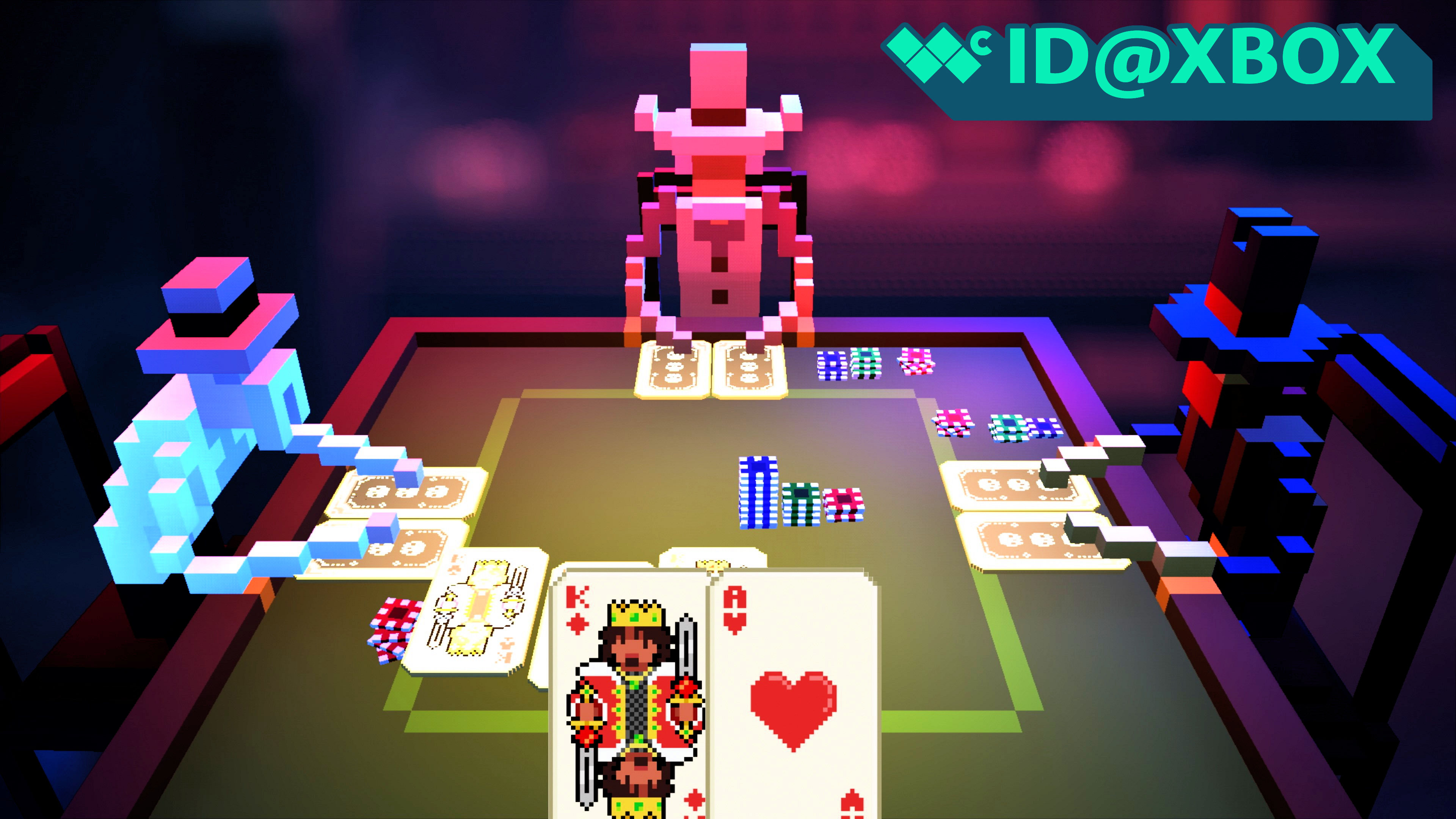Qualcomm rolls out Quick Charge 2.0 support in Japan, rest of the world to follow

Qualcomm has today announced that its expanding its Quick Charge ecosystem with the release of Quick Charge 2 in Japan. Local mobile network operator DOCOMO has integrated the technology in products that include smartphones, tablets and certified power adapters that are expected to be available later this year. The improved Quick Charge 2 will enable consumers to charge their devices at increased speeds.
It's stated that the improvements can be up to 75 percent faster than products charging without the technology. Quick Charge 2 is able to deliver up to 60 watts (Quick Charge 1.0 supplied 10 watts), which not only helps smaller form factors like smartphones and tablets, but also paves the way for supporting larger hardware like super-slim Intel notebooks.
The best part about the tech from Qualcomm is consumers won't have to alter the way they charge their personal devices. Everything remains the same, except for the speed thanks to both on-board improvements and more advanced AC/DC chargers. Products released already may support the improved tech, including the HTC One, but consumers will have to wait until supported chargers are available, which should come around later this year.
Qualcomm Incorporated (NASDAQ: QCOM) today announced that its wholly-owned subsidiary Qualcomm Technologies, Inc. is expanding its Quick Charge ecosystem. NTT DOCOMO, INC., a personalized mobile solutions provider for smartphone and tablet users in Japan will have the opportunity to take advantage of Quick Charge 2.0's rapid charging capabilities. DOCOMO has adopted the Quick Charge 2.0 technology, and has incorporated the technology into a device lineup that includes smartphones, tablets, and certified power adapters that are anticipated to be available beginning this summer.
"Japan has been ahead of the curve when it comes to the adoption of innovative technology," said Alex Katouzian, senior vice president, product management, Qualcomm Technologies, Inc. "The commitment demonstrated from a leading technology carrier like DOCOMO is an important step towards a strong Quick Charge 2.0 ecosystem in Japan and beyond. We look forward to continuing the integration of Quick Charge 2.0 technology within the mobile industry to further enhance the consumer experience."
Products with Quick Charge 2.0 can charge up to 75 percent faster than products without the technology. While Quick Charge 1.0 technology, with about 10 watts of power, was designed primarily for smartphones and tablets, Quick Charge 2.0 delivers up to 60 watts, not only improving charge times for smartphones and tablets, but adding support for larger mobile computing devices like slim notebooks.
"With insatiable consumer usage of their devices, faster charging is more important than ever to bring enhanced convenience to the mobile experience," said Kazuaki Terunuma, Vice President and Managing Director of Communication Device Development Department, NTT DOCOMO, INC. "DOCOMO expects the promise of true fast charging can finally be realized with the introduction of Quick Charge 2.0 into commercial devices and a supporting ecosystem."
All the latest news, reviews, and guides for Windows and Xbox diehards.
Due to an increase in the number of ways OEMs can take advantage of the Quick Charge 2.0 technology, the Quick Charge 2.0 ecosystem continues to expand rapidly. The technology provides benefits to OEMs and consumers alike, with OEMs now being able take advantage of the latest Qualcomm® Snapdragon™ 800, 600 and 400 processors supporting Quick Charge 2.0. The technology resides in both the device (offered as a standalone IC solution or as part of the PMIC power management integrated circuit of the processor) and in the AC/DC wall charger, so there is no change in the way consumers charge their devices.

Rich Edmonds was formerly a Senior Editor of PC hardware at Windows Central, covering everything related to PC components and NAS. He's been involved in technology for more than a decade and knows a thing or two about the magic inside a PC chassis. You can follow him on Twitter at @RichEdmonds.
